

Anthony Crawford
1990 Lamborghini Countach review
6 Days Ago
The reinvented Renault 5 runabout is a small electric car people will buy for its looks and cheeky image, but there’s a lot more to it under the surface.
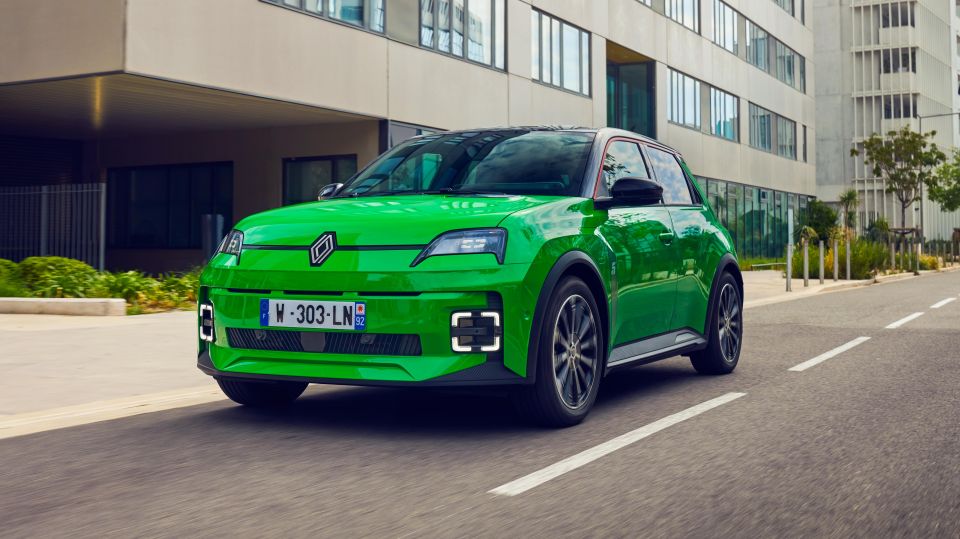
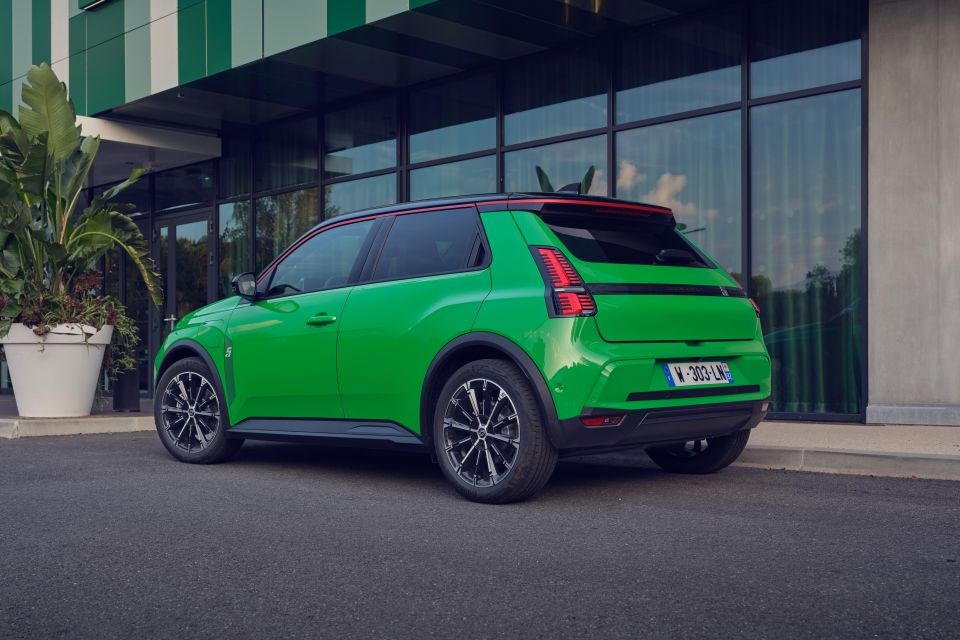

Contributor

Contributor


Contributor

Contributor
Where expert car reviews meet expert car buying – CarExpert gives you trusted advice, personalised service and real savings on your next new car.
Lobby your local Renault dealer now if you want to see the electric R5 on Australian shores, as it’s a car that gets under your skin.

The new Renault 5 is the first in a series of retro-inspired EVs from the French manufacturer, unashamedly drawing on the original of the 1970s for its design. The detailing and the technology underneath are bang up to date, however, while Renault has also paid attention to how the car drives by keeping weight down.
In terms of the Australian market, the R5 would sit in the not-very-popular city-car class, so it is unclear whether it will be sold here at all, but our first impressions suggest it could net a whole new generation of EV drivers – if it was priced appropriately.
To find out if it cuts the mustard alongside potential rivals like the Fiat 500e and Mini Cooper Electric, we drove the new Renault 5 at its European media launch in and around the city of Nice in France, battling with traffic in town, spending some time on a fast-moving highway and even driving into the clouds on some entertaining mountain roads.
In Europe, the Renault 5 is priced from €25,000, which is the equivalent of nearly $A41,000 and almost $15,000 less than the price of the Megane E-Tech small electric SUV sold in Australia ($54,990 plus on-road costs).
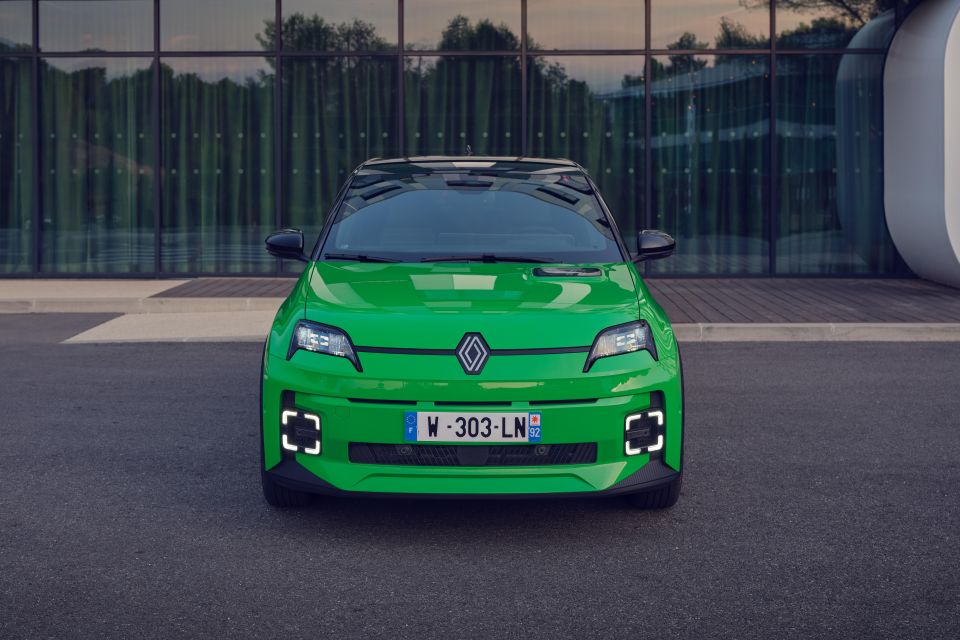
However, if the R5 comes to Australia, its pricing is unlikely to be a direct exchange and, either way, that headline-grabbing starting price in Europe is for a low-spec variant with a small battery and less powerful motor.
If it makes it to Oz, odds are only the higher-spec model grade would be offered. Our best guess would be a drive-away price just south of $50,000.
A mix of modern tech and materials with some retro detailing defines the R5’s cabin.
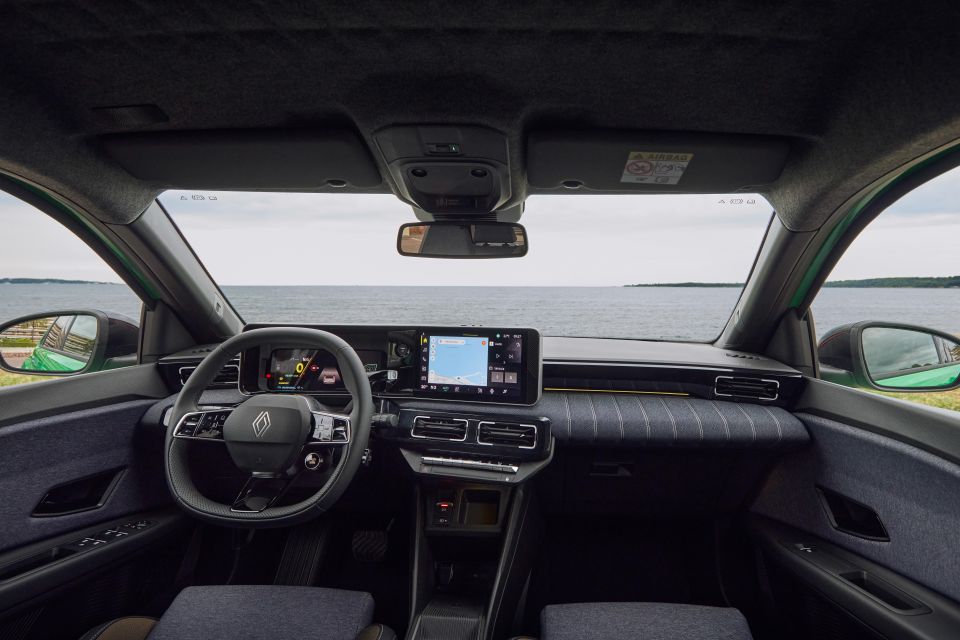
The best seats are up front, as should be of no surprise in a compact car such as this. And the seats are worthy of special mention, as their H-shaped backrests mimic those of the original R5 Turbo with little side bolsters that hold you in place without pinching your kidneys.
The upholstery on the seats varies by variant, though is always made from 100 per cent recycled plastic. It has a denim-like quality in the lower versions or a grey finish with bold yellow panels in the top-spec car.
It’s tactile to the touch and the same material can be found on the padded dashboard in front of the passenger. That, and the textured roof lining, is pretty much the end of the retro design cues inside, though the rectangular air vents do reference the distinctive lighting signature up front, found in the headlights and prominent fog lights.
Behind a chunky, tactile steering wheel is an all-digital dashboard, with 10-inch instrumentation and a 10.1-inch touchscreen. This runs Renault’s OpenR multimedia system, backed up by Google software, which makes it easy to get to grips with. Assuming you use Google Maps and have a Google account already, the car seamlessly connects to the rest of your online life.
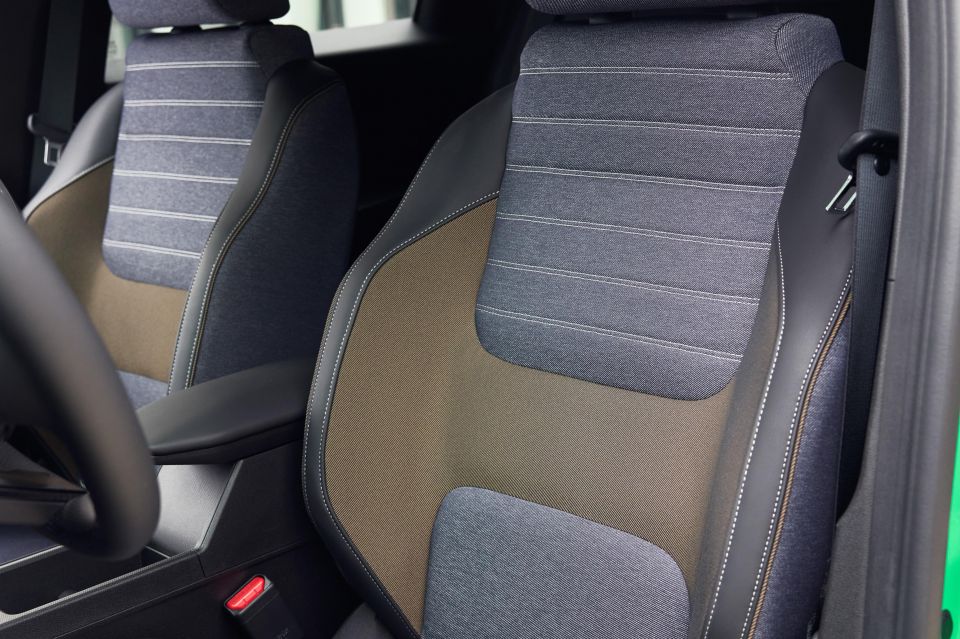
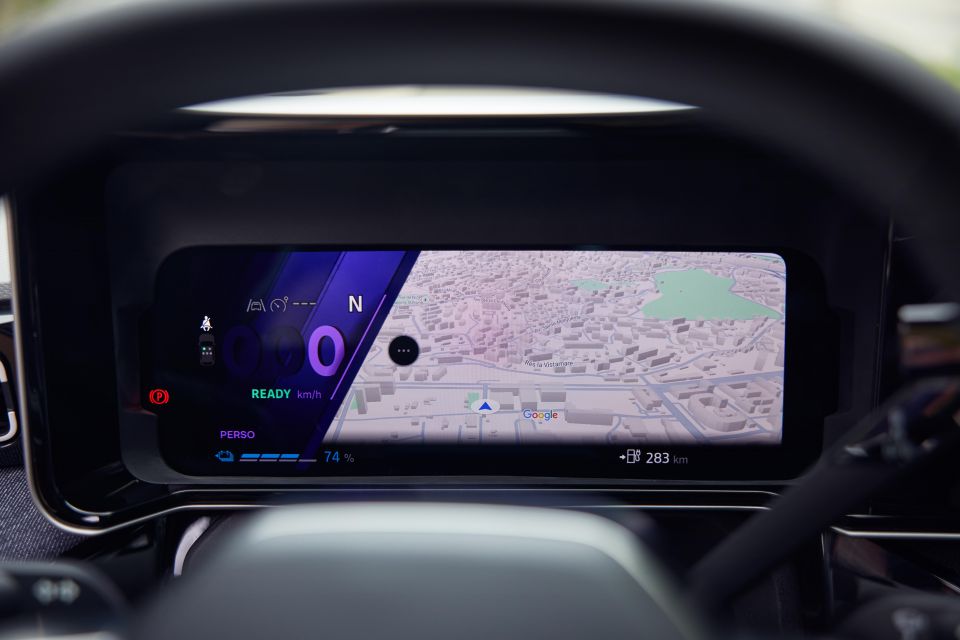
Thankfully, there’s a separate bank of physical switches underneath to control the heating and air-conditioning so not everything is done via the touchscreen.
While the buttons on the steering wheel are solidly made and easy to use, the space around the wheel is a little crowded, especially on the right, as there is an individual stalk to control the volume and music as well as one for the wipers, and that’s where the drive selector is as well.
An owner will likely get used to it soon enough, but other car brands do this better.
The positioning of the drive selector frees up the space between the front seats for a wireless phone charger, cupholders and some extra storage, but there isn’t much room there, and curiously, there’s no ‘P’ for Park option in the transmission.
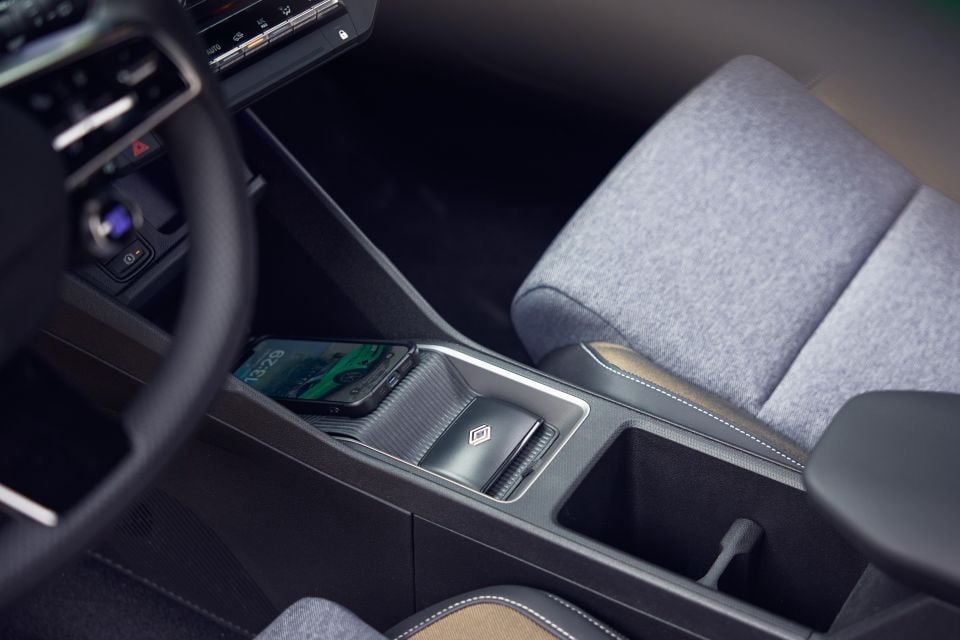
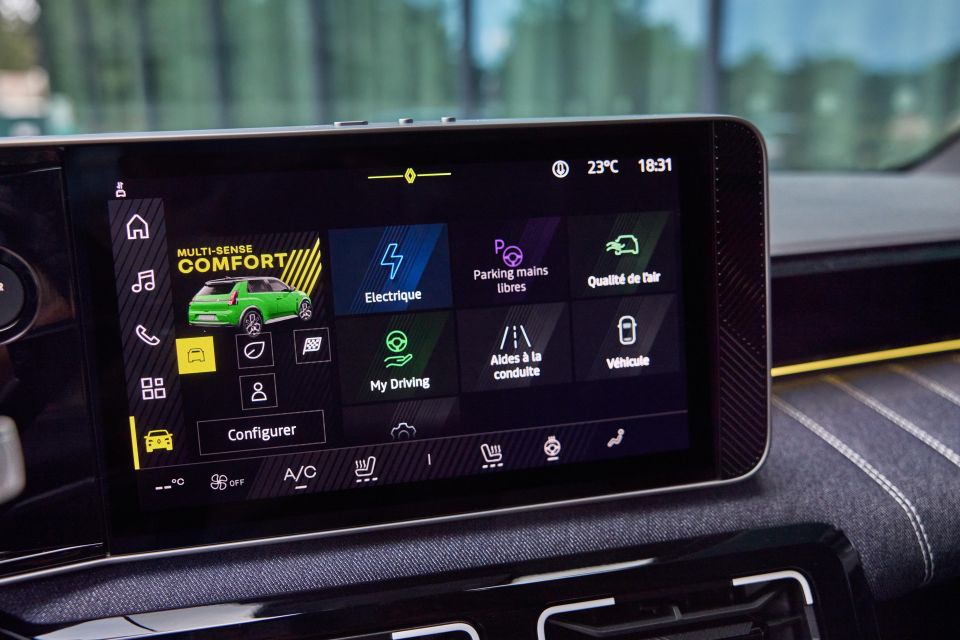
There is, however, notably generous amounts of adjustment in the driver’s seat and steering wheel, so most sizes and shapes should find a suitable driving position. The seats proved to be comfortable after a long day at the wheel, too.
It’s worth remembering that, at less than four metres long, the Renault 5 is shorter than the MG 3, for example, so it’s quite a small car. Judged on that, the rear legroom is acceptable, but some will assume the electric platform would have freed up more space.
There is a completely flat floor in the rear, but no air vents or charging ports to be found. And while there are three seatbelts back there, kneeroom will be the restriction to carrying three big adults, or bulky rear-facing baby seat for that matter.
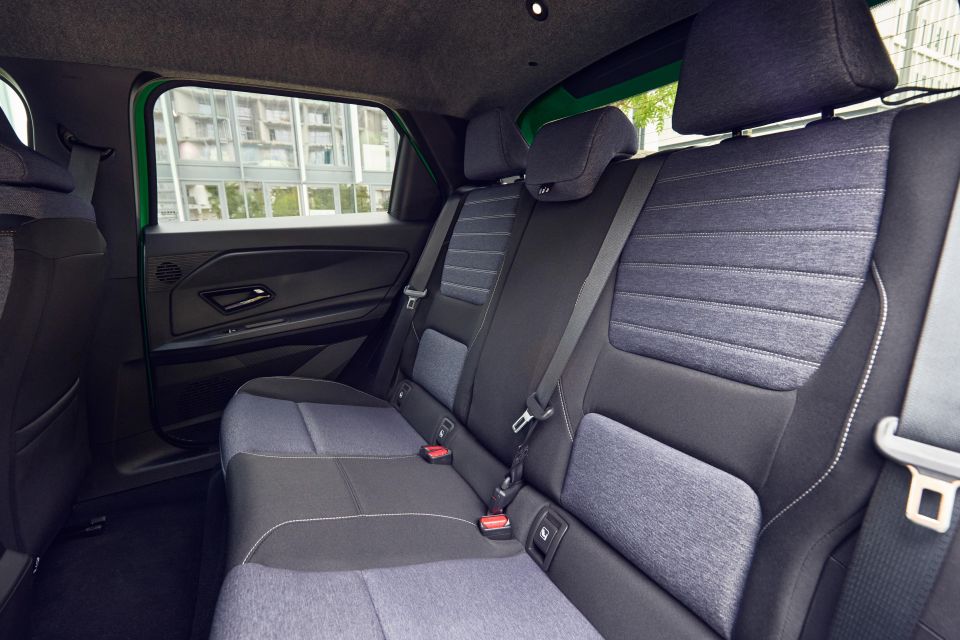
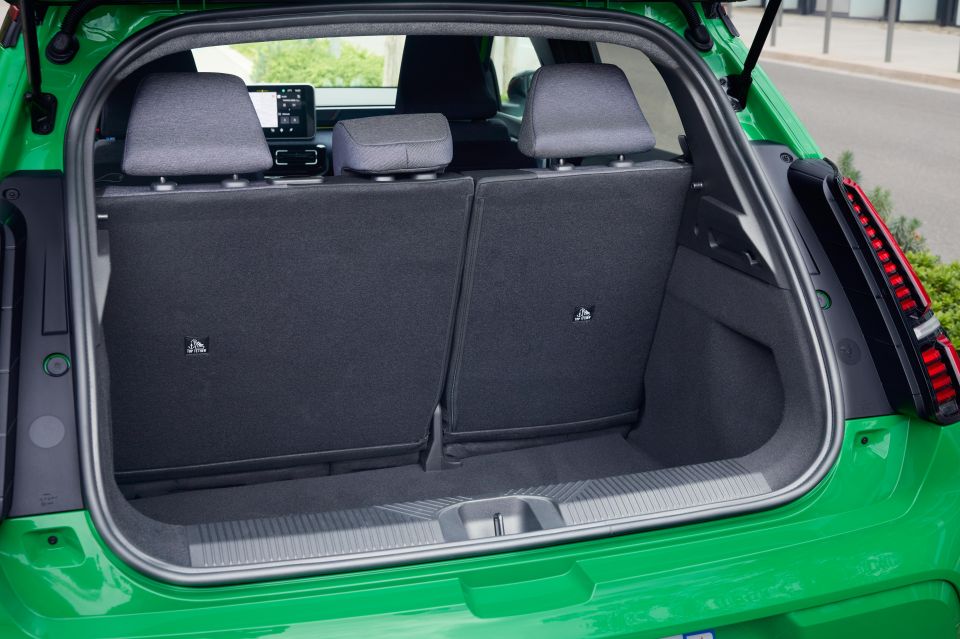
By way of compensation, the boot is a decent size, holding 326 litres. That’s more than the MG 3 manages, and there’s a neat underfloor pocket that’s more than big enough to hold the charging cable, too.
The rear seats split 60:40 and folds down if you need to fit longer loads in, though they create a step rather than folding flat. And before you ask, no, there is no ‘frunk’ storage up front.
The Renault 5 is made on an EV-only platform so don’t expect a petrol version in the future. The electric motor is mounted up front, making this car exclusively front-wheel drive and – in Europe at least – there is a choice of power output and battery capacity.
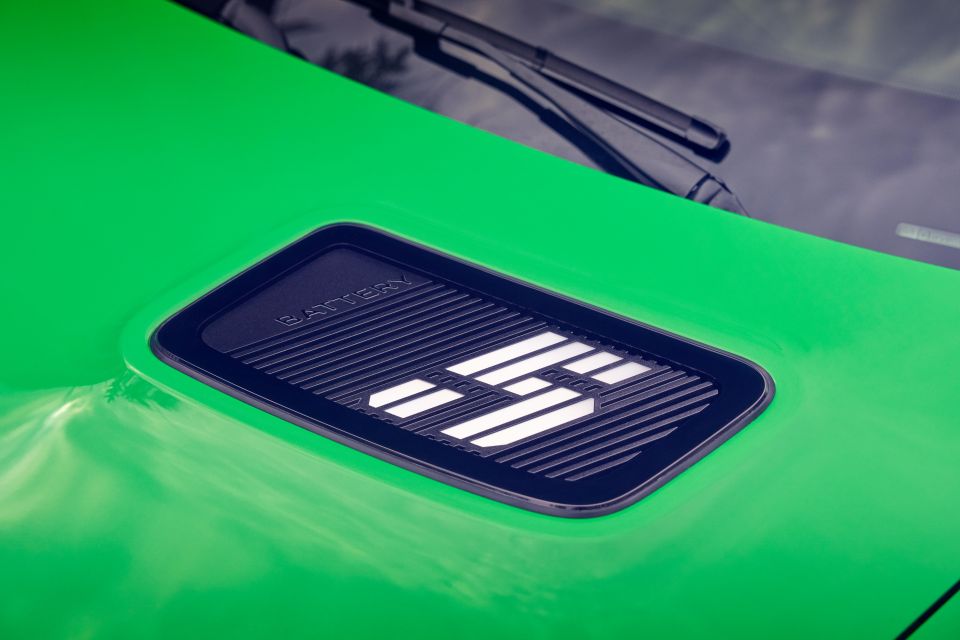
| Specifications | Renault 5 E-Tech |
|---|---|
| Drivetrain | Single-motor electric |
| Battery | 52kWh lithium-ion |
| Power | 110kW |
| Torque | 245Nm |
| Driven wheels | Front |
| 0-100km/h – claimed | 8.0 seconds |
| Energy consumption – as tested | 16kWh/100km |
| Claimed range – WLTP | 410km |
| Max AC charge rate | 11kW |
| Max DC charge rate | 100kW |
The battery pack sits under the cabin between the wheels, and it features four separate modules. They can be individually replaced in the event of a crash or cell failure. There’s also a firefighter access opening at the top of the battery that allows for complete flooding of it with water in the event of a fire.
There’s a Mini Cooper-like playfulness to the chassis of the Renault 5 that puts a smile on your face at any speed.
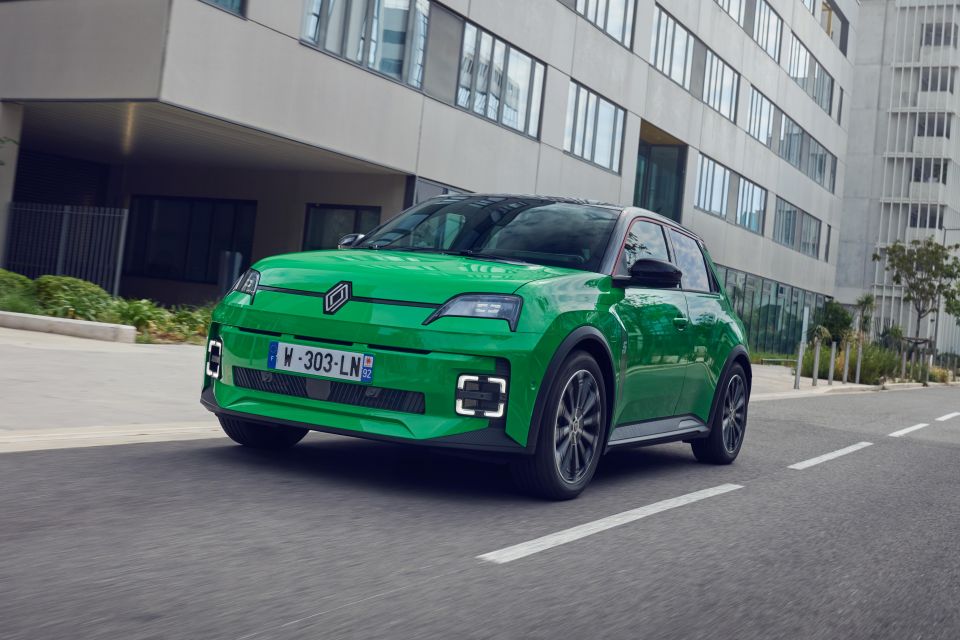
The R5 isn’t as darty, but has direct, responsive steering and is all too keen to change direction at your bidding.
Renault worked hard to keep the weight below 1500kg and that’s admirable in a world seemingly dominated by two-tonne EVs. And of course, the biggest weight – that of the battery – is mounted low down under the floor of the cabin to the benefit of weight distribution and the centre of gravity.
This shows in the way this car tackles a series of bends, feeling nimble and chuckable as the mood takes you. It has a more neutral stance than most front-drive cars, too.
The instant torque of the electric motor adds to the fun, as well, as the car quickly recovers any lost speed. This is particularly useful in a busy urban environment as you can nip in and out of gaps with the kind of low-speed acceleration usually associated with big-engined motorcycles.

A button on the steering wheel marked ‘Multi Sense’ allows for quick selection of the Comfort, Eco, Sport or Perso (that’s the individual mode you can customise) driving modes, but as it only alters response to the accelerator and the amount of power steering assistance, it’s almost redundant in this car and we found it perfectly fine left in the default (Comfort) setting.
Sure, with just 110kW maximum power, the performance runs out as speeds climb, but that feels more than ample in normal driving. And actually, the torque on tap can momentarily overcome traction at the front if the surface is wet or you boot it on the exit of a junction.
It’s never unruly as such – and the stability control quickly reins it in – but the onset of this happening isn’t communicated to the driver very well.
The brakes are worth a special mention, however. Many electric and hybrid cars suffer from inconsistent brake pedal feel due to the tricky requirements of balancing brake energy regeneration to charge the battery and traditional friction brakes.
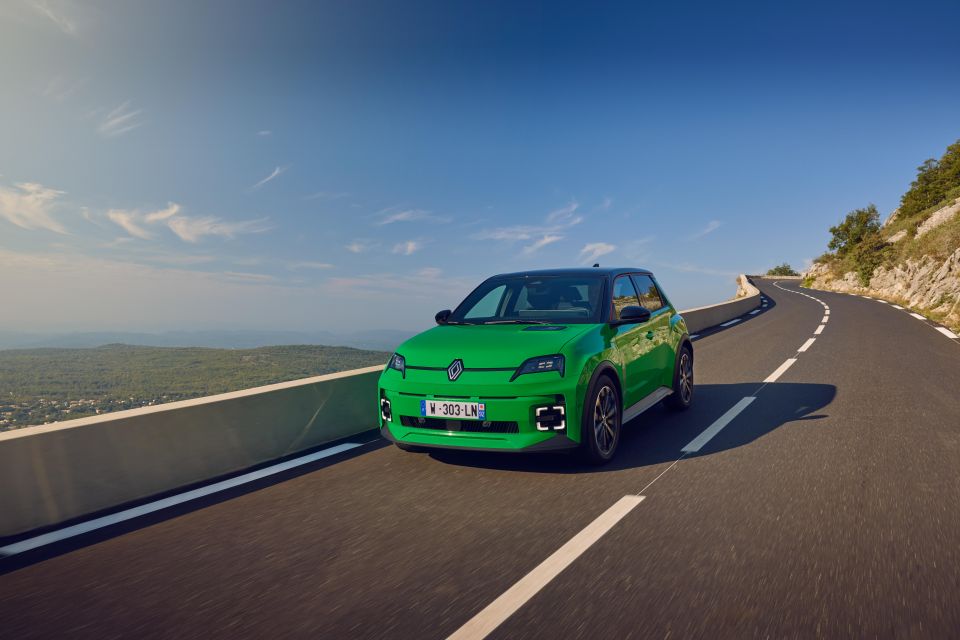
Renault’s engineers could teach others a thing or two about that as the R5’s pedal is incredibly well-judged.
Unlike most modern-day Minis, the R5 manages to mix fun with suppleness, so owners that just want to get to their destination will find it comfortable, smooth and exceptionally good at absorbing bumps.
It’s quiet, too, even by the standards of an electric car, with little road noise, barely a whisper from the front-mounted electric motor and well-contained wind roar.
In Europe, the R5 is offered in three different trim levels offering varying levels of equipment, and there will be a special-edition each year as well to keep buyers interested.
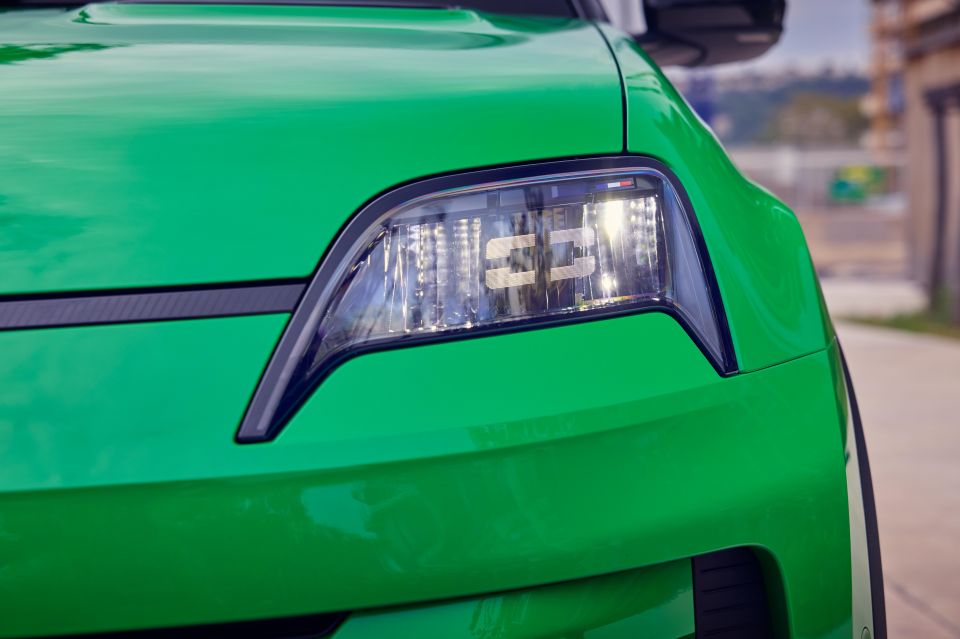

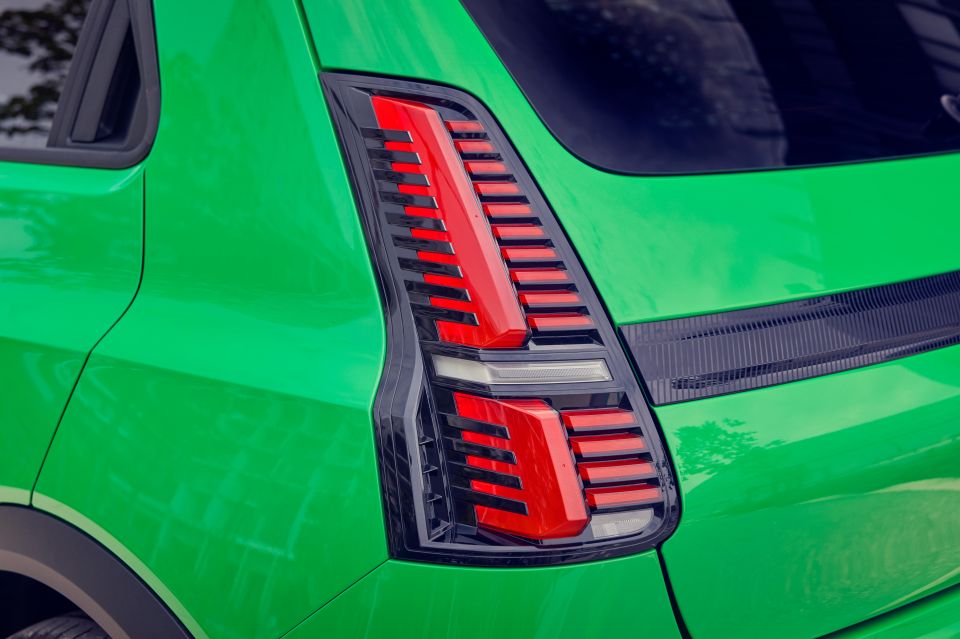
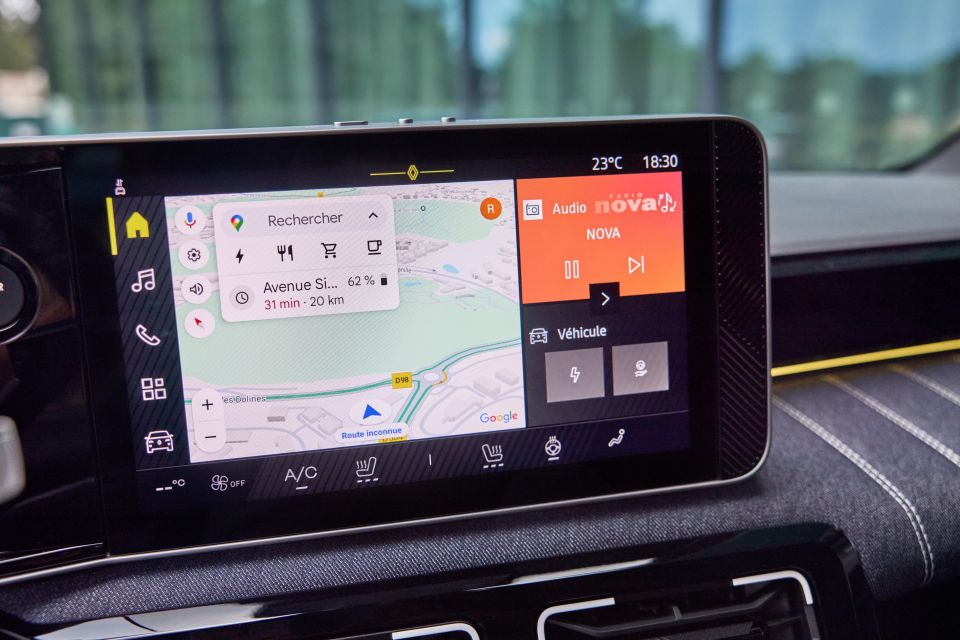
Renault 5 E-Tech highlights:
The Renault 5 has yet to be assessed by ANCAP or Euro NCAP.
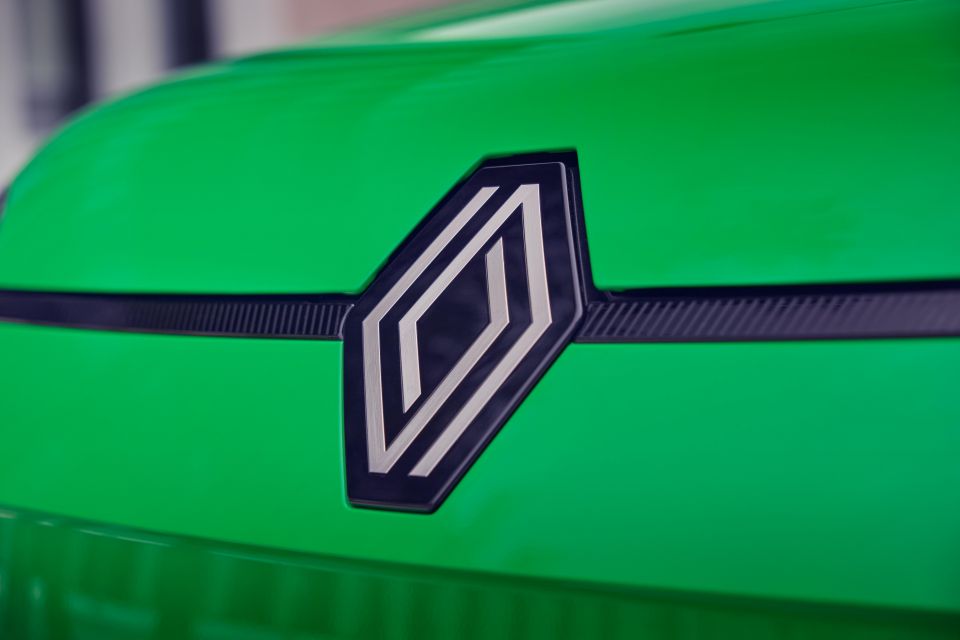
Renault generally fares well in these tests. From the driver’s point of view, the R5 features a useful button next to the steering wheel that Renault calls ‘My Safety Switch’. You can choose which of the driver assistance features you’d like enabled or not, and group the settings into just two presses of this button.
Standard safety equipment includes:
The Renault 5 is covered by a five-year vehicle warranty and an eight-year battery warranty.

Where expert car reviews meet expert car buying – CarExpert gives you trusted advice, personalised service and real savings on your next new car.
| Running costs | Renault 5 E-Tech |
|---|---|
| Warranty | 5 years, 100,000 kilometres |
| Battery warranty | 8 years, 160,000 kilometres |
| Roadside assistance | 5 years |
| Capped-price servicing | 5 years |
Renault quotes a WLTP range of 410 kilometres for the 52kWh battery pack and we reckon most drivers should easily get 350km from a charge. Despite no efforts at driving efficiently, we averaged 16kWh/100km, so if you can charge up at home, this thing will cost cents to run.
We really hope Renault Australia can make the R5 happen here.
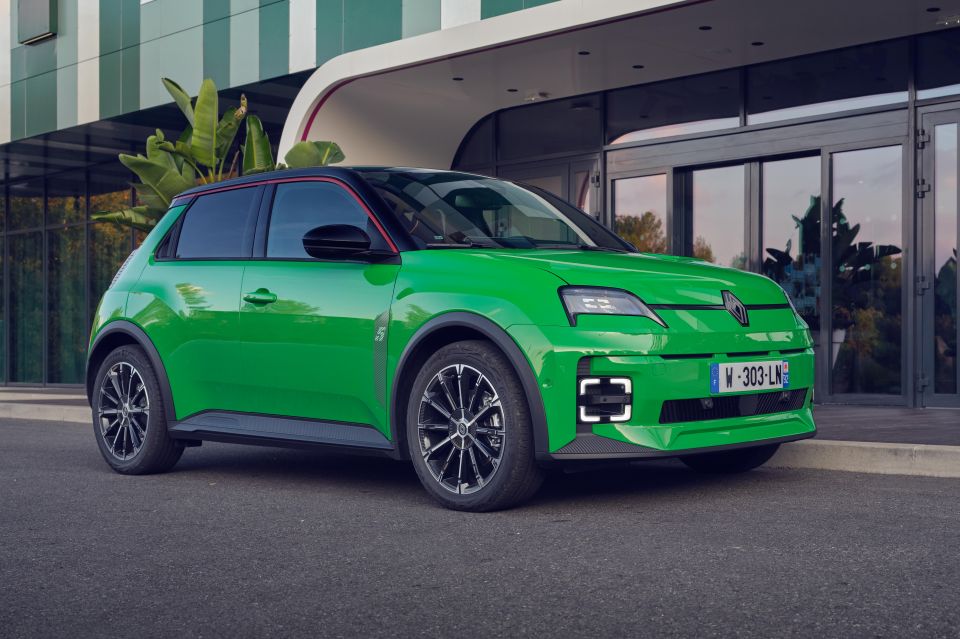
The Renault 5 is a joyous car, one that will grab buyers’ attention with its cheeky looks and keep it with a sensible, efficient package.
While keen drivers will love how it steers, you don’t need to be a driving enthusiast to appreciate its ability, either. Likewise, this is a great car full stop, not just a great EV.
If the world is intent on going electric, it needs more compelling cars like the Renault 5 in it.
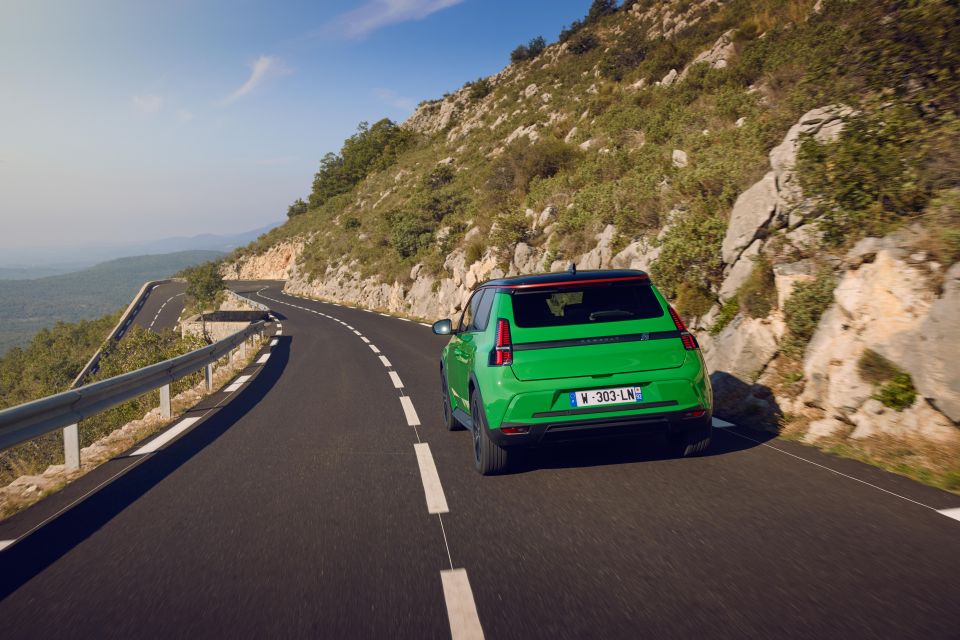
Click the images for the full gallery
Where expert car reviews meet expert car buying – CarExpert gives you trusted advice, personalised service and real savings on your next new car.


Anthony Crawford
6 Days Ago


Matt Campbell
5 Days Ago


James Wong
4 Days Ago


Max Davies
2 Days Ago


Josh Nevett
1 Day Ago


Josh Nevett
15 Hours Ago